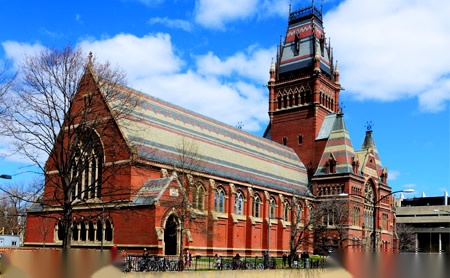
1个回答
Materials

Materials are substances or things from which things are made. They play a crucial role in our daily lives and are essential for the development of society. From the clothes we wear to the buildings we live in, materials are everywhere.
There are various types of materials, each with its unique properties and uses. Let's explore some of the common materials and their English names.
1. Metals: Metals are solid materials that have high thermal and electrical conductivity. Some common metals include iron, aluminum, copper, and gold. These materials are widely used in construction, manufacturing, and electrical industries.
2. Plastics: Plastics are synthetic materials made from polymers. They are lightweight, strong, and have excellent resistance to chemicals. Plastics are used in a wide range of applications, such as packaging, automotive parts, and electronics. Common types of plastics include polyethylene, polypropylene, and polystyrene.
3. Ceramics: Ceramics are inorganic materials made from non-metallic substances. They are known for their high melting points and excellent heat and chemical resistance. Ceramics are used in the production of pottery, tiles, and electronic components. Examples of ceramics include porcelain, earthenware, and stoneware.
4. Wood: Wood is a natural material derived from trees. It is known for its strength, versatility, and aesthetic appeal. Wood is used in construction, furniture making, and paper production. Common types of wood include oak, pine, and mahogany.
5. Glass: Glass is a transparent material made by heating a mixture of silica, soda, and lime. It is brittle but has excellent optical properties, making it suitable for windows, bottles, and mirrors. Glass can also be used in the production of fiber optics and laboratory equipment.
6. Fabrics: Fabrics are materials made from fibers that are woven or knitted together. They are used to make clothing, upholstery, and other textiles. Common types of fabrics include cotton, silk, wool, and polyester.
7. Rubber: Rubber is a flexible material that can stretch and return to its original shape. It is used in the production of tires, belts, and seals. Natural rubber is obtained from the sap of rubber trees, while synthetic rubber is made from petroleum-based chemicals.
8. Composite materials: Composite materials are made by combining two or more different materials to create a new material with improved properties. Examples of composite materials include fiberglass, carbon fiber, and reinforced concrete.
9. Paper: Paper is a thin material made from cellulose fibers derived from wood. It is used for writing, printing, and packaging. Paper can be recycled, making it an environmentally friendly material.
10. Concrete: Concrete is a composite material made by mixing cement, water, and aggregates such as sand and gravel. It is used in construction for building foundations, walls, and roads. Concrete is known for its strength, durability, and fire resistance.
In conclusion, materials are essential for our daily lives and the development of society. They come in various forms, each with its unique properties and uses. Whether it's metals, plastics, ceramics, or wood, materials play a vital role in shaping the world around us.


 扫一扫关注品牌网
扫一扫关注品牌网


 浏览(90)
浏览(90)

 赞(0)
赞(0) 分享
分享 举报
举报


























